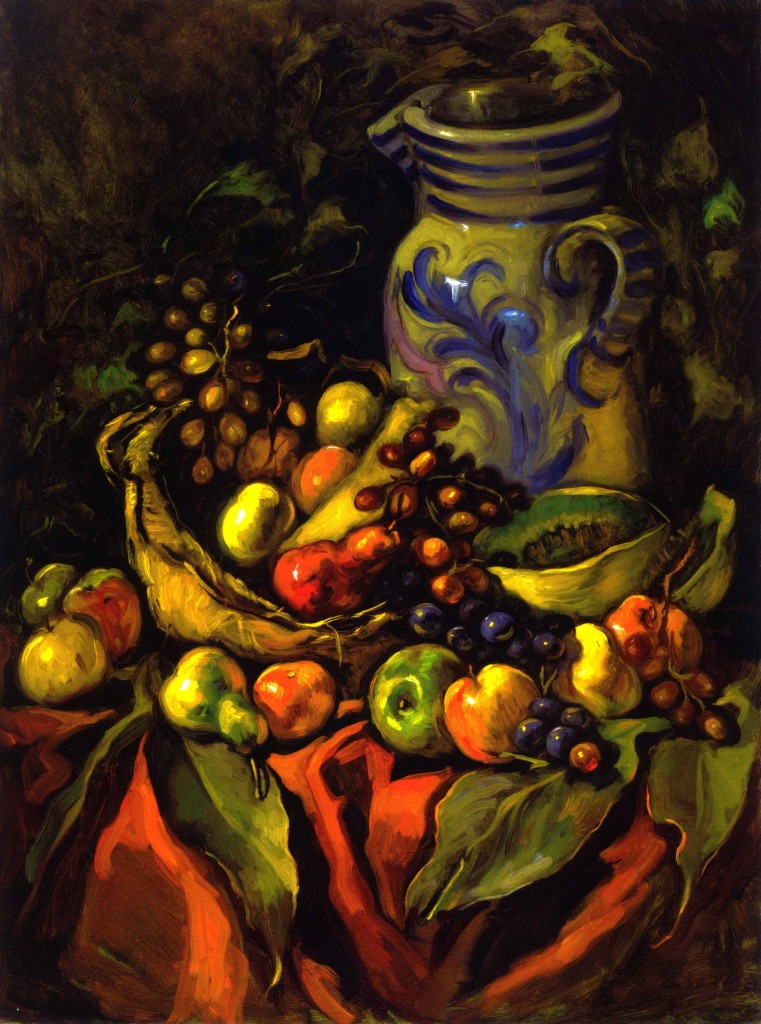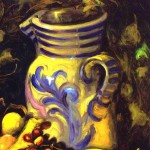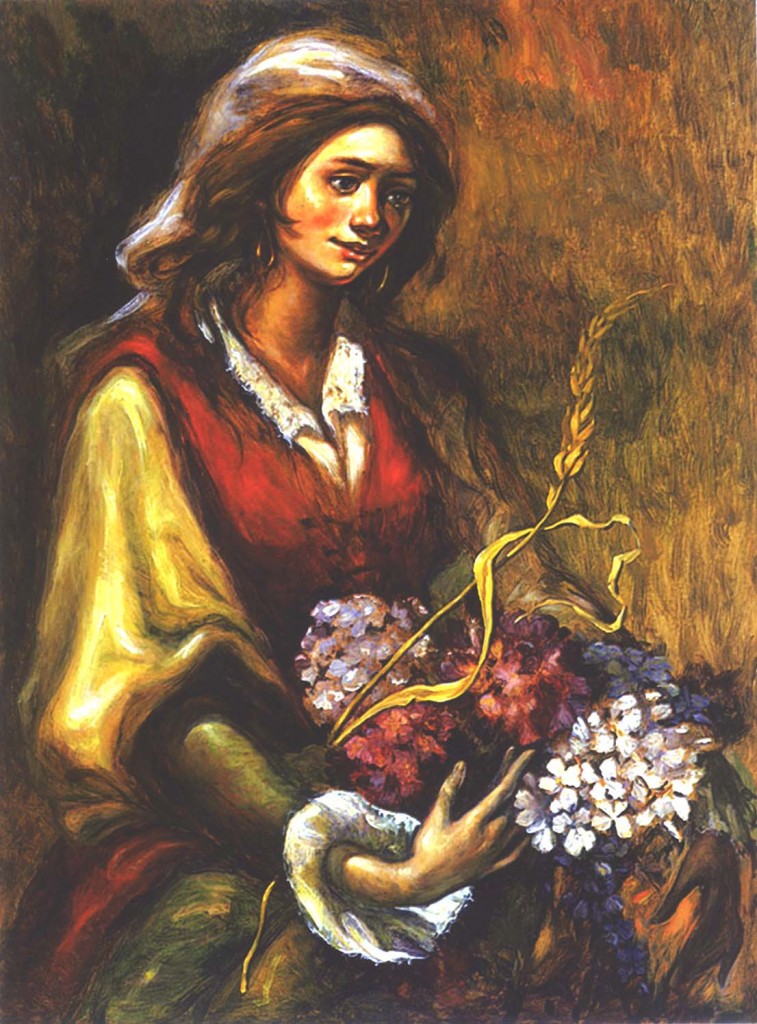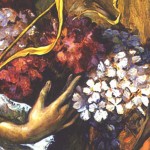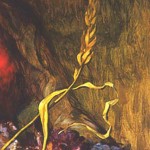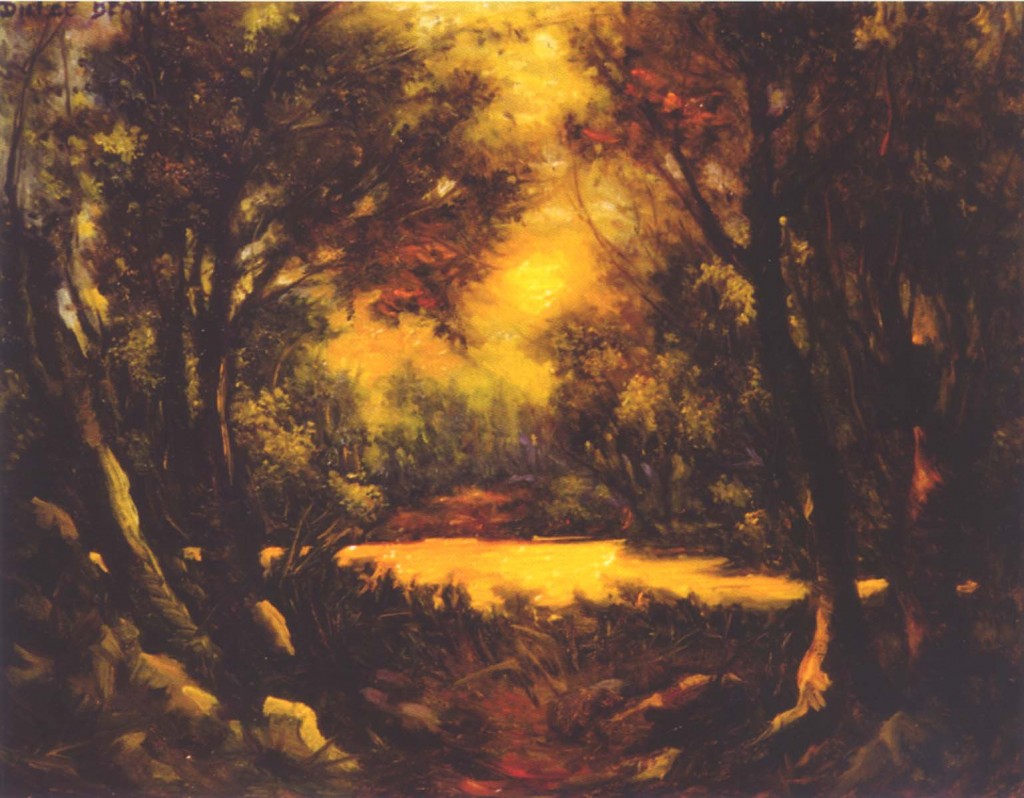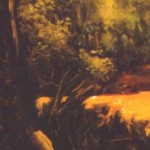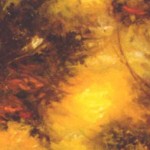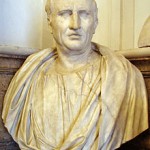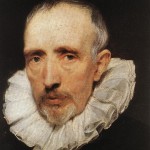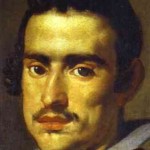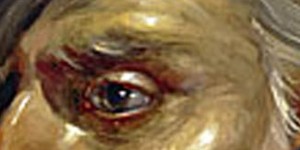Continuing toward our goal of enriching your viewing experience during visits to the Gallery we have added three paintings from our featured artists, post-impressionist master of the Spanish School XX, Dulce Beatriz. First we have a still life, JARRA DE LECHE(The Milk Jug) where the artist’s mastery of detail, the use of light and palette to create a wonderful visually appealing composition. Worthy of notice in this painting is the depiction of the milk jug itself, an extremely well executed example of the famed double-fired glazed earthenware developed in the island of Majorca under the Moorish reign in the late 14th century, which eventually expanded to Spain and Italy, culminating if the wonderful works created in Urbino and Venice, known as Majolica. If you look closely you can actually see not only the traditional blue outlines that characterize these pieces, but the glazing itself.
This work of art, shown below with some details, is now on display in our Gallery 3: Still Life where you can view it in all its details. Keep in mind that by double-clicking on the image you can actually zoom in to examine every detail of this painting.
The second addition we are now welcoming to our gallery is a typical woman, painted from a live model as is usual in the work of Dulce Beatriz, titled REGRESANDO DEL JARDIN (Back from the Garden), in which you see a young woman still flush from having been out in the sun with windswept hair holding a colorful array of flowers and a long-stemmed single wheat ear, upon which she gazes as if imagining the wonderful arrangement she will display on her table by the window. Beyond the elongated lines that reveal the influence of Spanish masters, such as Velazquez, the treatment of the eyes of this young woman constitute one of the trademarks of Dulce Beatrizinfusing her subject with true windows of the soul in the tradition of the Flemish masters, such as VanDyck.
REGRESANDO DEL JARDIN by Dulce Beatrizmay be viewed in full and in detail in Gallery 2: Women and Children where it is now on permanent display. Below you see the full painting and some details:
Rounding up these additions to our collection we have an excellent landscape, PAISAJE DE UN BOSQUE (Forest Landscape) full of the rich brown hues, reddish earths, and the play of light and shadow that bring the viewer into the forest under the canopy, with tremendous force. Dulce Beatrizmasterful treatment of this work is evident in the details of splashes of reflected light on the trunks and branches of the trees, which clearly signal the approaching dusk as the Sun, unseen in the painting, is setting in the distant horizon to the left of the scene, while the water of the pond surrounded by the forest as it is only reflects the pale light of a hazy sky.
PAISAJE DE UN BOSQUE is now on permanent display in our collection in Gallery 4: Landscapes and Cityscapes where you can admire it at any time. Below is an image of the painting as well as details of the same:
